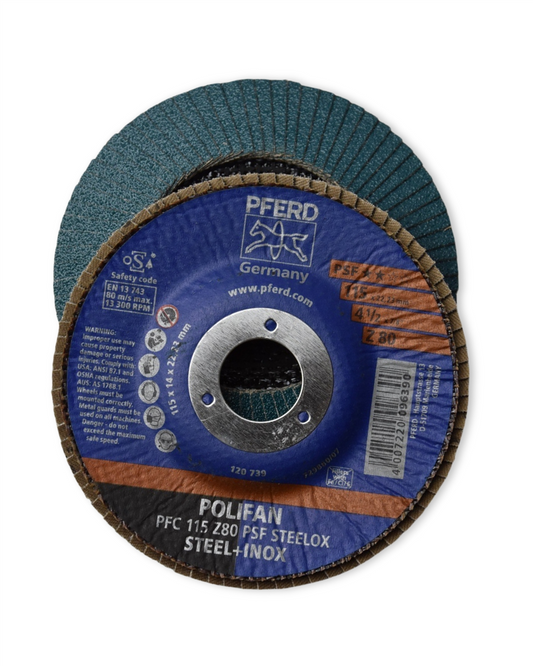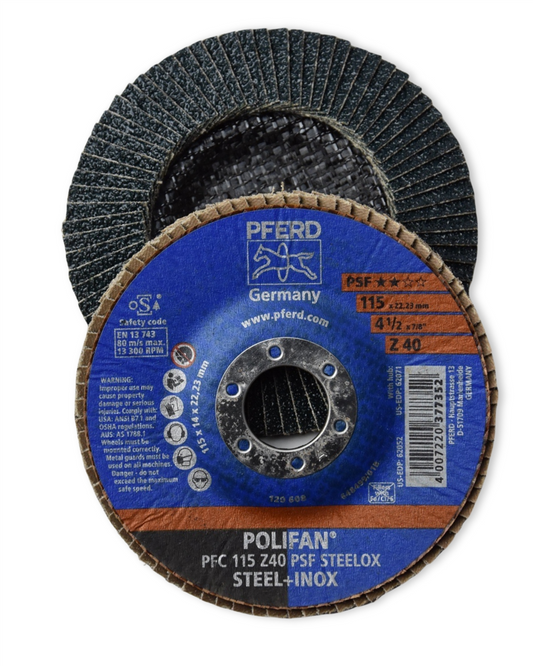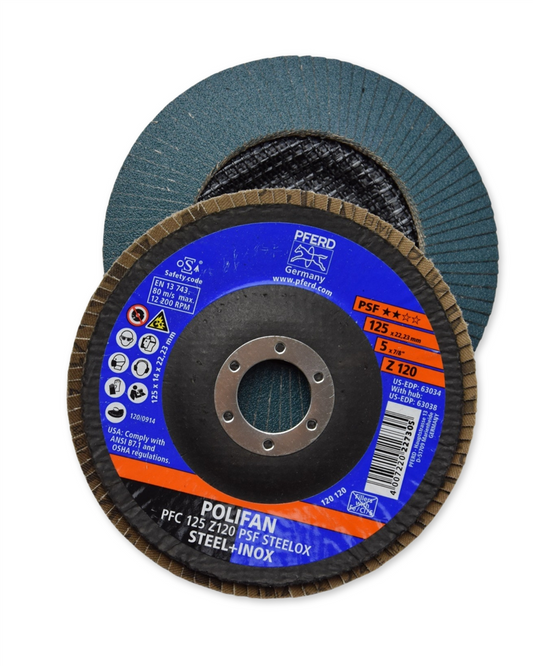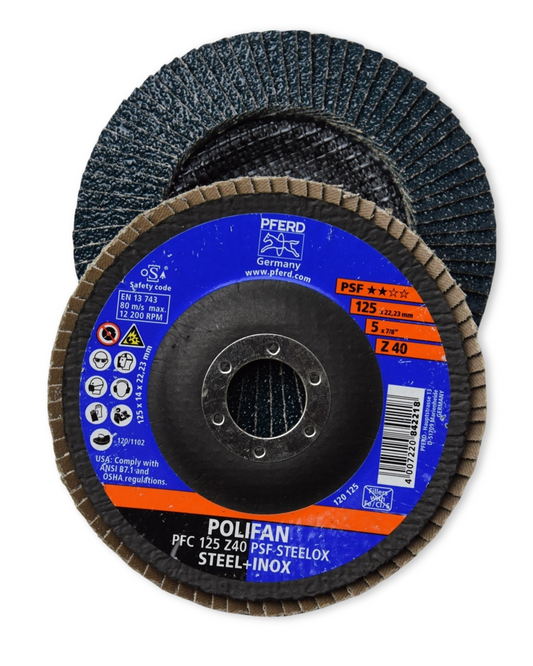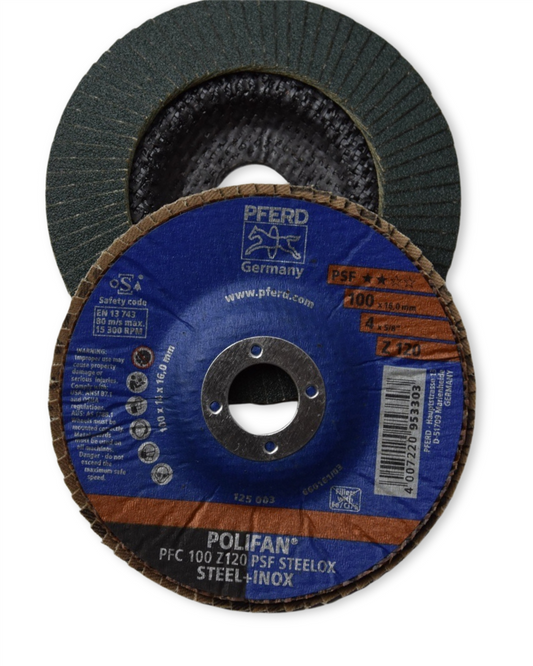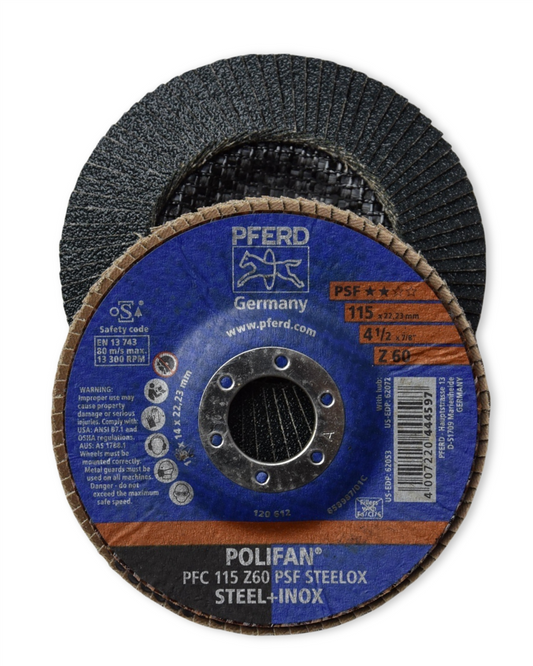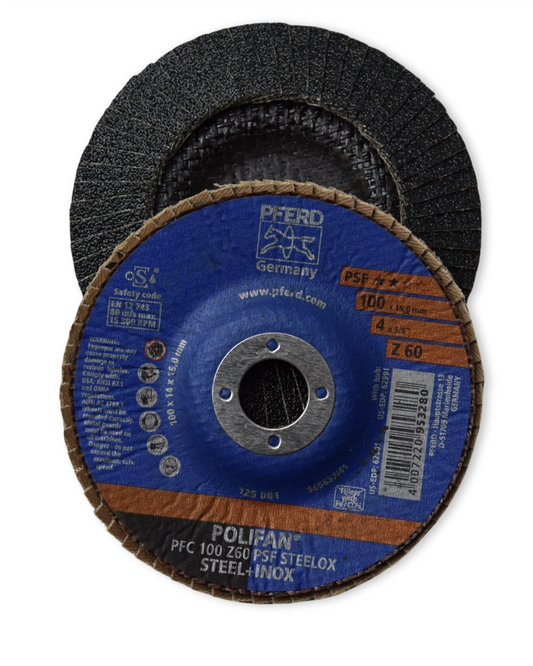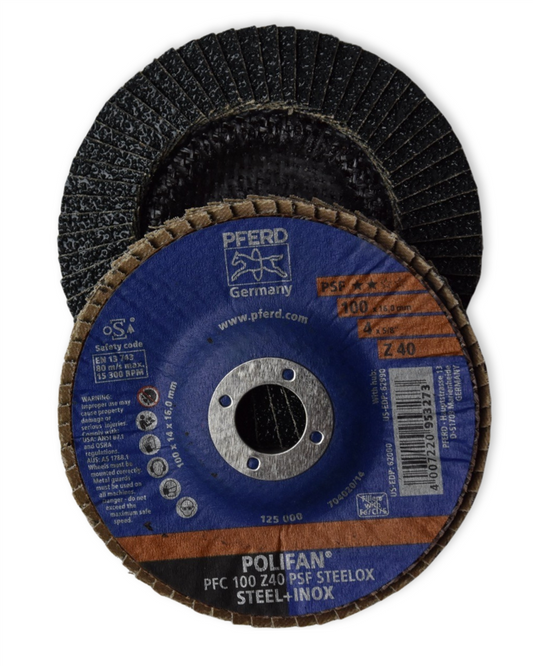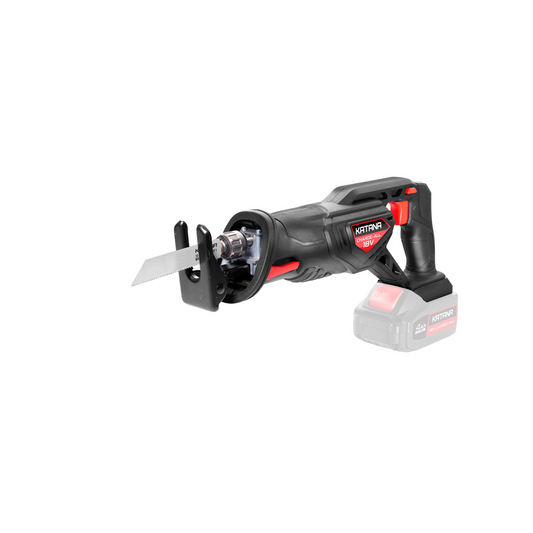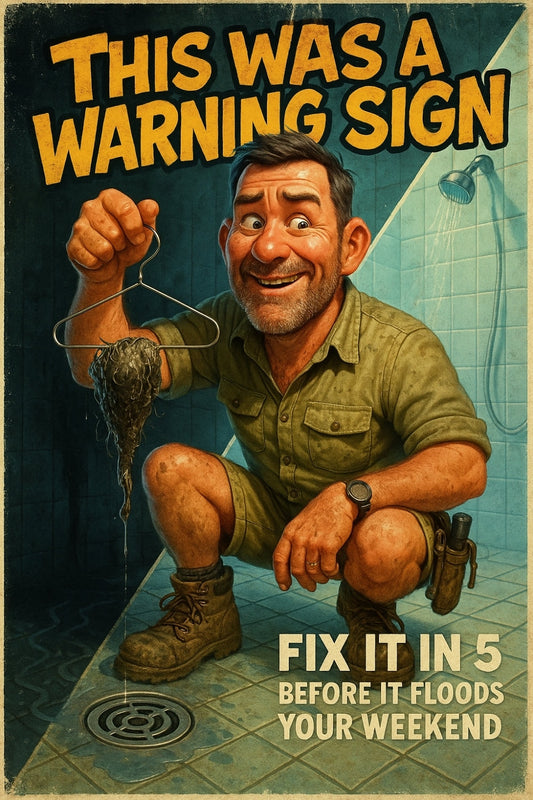Cut corners safely: The simple tool trick tradies use and busy families forget
Share
Slice Smarter: The Simple Safety Tips Every Handy Home Needs
Why a Utility Knife Is the Underdog Hero of Everyday DIY
There’s a quiet kind of magic in the tools we use most — ones that sit in the drawer, not on display. And the utility knife? It’s the unsung champion of everyday fix-ups, from breaking down boxes to precision trimming that rogue bit of lino. But like any sharp tool, it’ll bite if misused. The good news? With a few smart habits, it becomes one of the safest, most helpful sidekicks in your DIY kit.
"Using a utility knife well isn’t about brute force — it’s about rhythm, control, and paying attention."
— Candeece H, DIY Educator, Strath H Hardware
The Unexpected Jobs a Utility Knife Tackles Brilliantly
- Trimming carpet to get that snug corner edge (finally).
- Slicing through garden twine or old hose while keeping your hands safe.
- Scoring plasterboard or light timber for cleaner cuts with your hand saw.
- Opening overly taped boxes without slicing into what’s inside.
- Upcycling cardboard for compost or kids’ craft time — clean, quick, compost bin ready.
It’s not about doing ten things perfectly — it’s about doing one thing well, over and over. That’s where the utility knife shines. Compact, sharp, precise… but unforgiving if used carelessly. So let’s talk safe slicing.
How to Use a Utility Knife Safely and Efficiently
1. Always Cut Away From Your Body
This sounds basic, and it is — but not following this one rule leads to many accidents. Your free hand should never be in the cutting path. Your torso, your thighs, your feet — keep them out of the danger zone. Turn your project, reposition your body. Playing Twister with your timber is better than taking a trip to A&E.
2. Keep That Blade Sharp
A dull blade is a dangerous blade. Why? Because dullness leads to force, and force leads to slips. Most utility knives have snap-off or replaceable blades for a reason. If your blade starts tearing rather than slicing, swap it. You don’t earn bravery points for wrestling old steel.
“People think sharp equals scary. But really — a clean edge is the safest edge.”
— Candeece H
3. Watch Where the Blade Lands
The surface under your cut matters. Wooden bench? Great. Your grandmother’s tablecloth or your child’s homework? Not so much. Use a cutting board, thick cardboard, or sacrificial timber. A stable surface protects your blade, your nerves, and your furniture.
4. Use the Right Grip
Hold the handle like you would a firm handshake — not a death grip. Thumb along the spine for control, not pressure. Funny how a lighter hold often gives you more power.
5. Retract the Blade When Done
It’s not about being tidy (though tidy is nice). An open blade on the bench is an open invitation — especially for curious little fingers. Snick it back in with a satisfying click. Done and dusted.
Let’s Talk Ergonomics and Smarts
Some newer utility knives come with comfort-grip handles, blade-locking tech, and even quick-change blades. If you’re using a basic model, that’s fine too — just be aware of hand strain, especially on bigger jobs. Don't rush. There's no prize at the end for fastest box cutter on the block.
Setting an Example, One Safe Slice at a Time
We know: kids watch what you do more than they listen to what you say. If you’re the type to patch up the chicken coop or build a school project at the kitchen table, those little eyes are learning. Cutting safely? That’s part of the lesson too.
Yes, You Should Store It High
Keep it where you’d store paint thinners or batteries — out of young reach, but within arm’s length when the bin bags need trimming or the green waste gets monster-sized. Add a blade pack to your tool caddy, and you’re good to go.
Seeing the Craft, Not Just the Cut
A utility knife is one of those tools that grows with you. From first-time home jobs to detailed shed builds, you’ll use it a hundred ways. Over time, you’ll stop reaching for scissors or screwdrivers when your knife is what’s really needed. It’s less about having all the tools, and more about knowing when — and how — to use the right one.
Final Tips Worth Remembering
- Work in good light. Shadows and slicing don’t mix.
- Keep spare blades in a tin or dispenser, not loose in your drawer.
- Wipe blades dry if you’ve tackled anything sticky or damp like garden tubing.
- If the knife feels cheap and awkward, it probably is. Trade it up for something safer and sturdier.
What Could Go Better If the Knife Was Used Right?
Would your project look neater? Would the kids stay safer? Would that annoying plastic wrapping stop winning the fight? A sharp, respected utility knife gives you clean edges, calm moments, and fewer reasons to cuss under your breath.
That’s what it means to DIY well — not just to get stuck in, but to do it with care. Like everything around home, it’s the little habits that make the biggest difference.
Happy slicing, safe hands, and we’ll see you ‘round the timber racks —
Candeece

Stay Connected
Follow our Facebook Page: Strathalbyn H Hardware on Facebook



